June 15, 2024 by Heather
An Introduction to Basic Tools Required
To start bladesmithing, you need a hammer, an anvil, and a heat source. Here’s a brief look at some of these tools and some additional ones you might find handy.
As an Amazon Associate I earn from qualifying purchases.
List of Knife-Related Suppliers in South Africa.
The Forge
In our workshop, we primarily use a gas forge. It’s cleaner, more controllable, and allows better blade visibility than coal or charcoal. However, gas forges have limitations with large or oddly shaped items. An open coal forge or a farrier’s gas forge is better for projects like broad-bladed Viking axes.
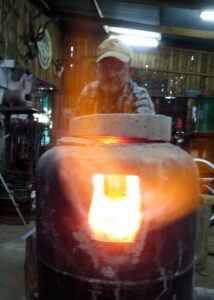
A “postbox” forge is commonly used because its front and back openings allow it to heat long blades in sections. This method is more efficient than a long fire, which can waste gas and overheat the blade tip. Always prioritize safety with gas forges by ensuring proper ventilation and keeping flammable materials away. Watch our safety video for more tips.
The Anvil
If you live in South Africa, please contact Dennis Kriel from Drakon Forged as he has taken over the manufacture of Kevin’s 35kg anvil design. 35kg Cast Steel Anvil – Drakon Forged
Anvils vary in shape and size, but a smaller anvil with a good hammer-to-anvil weight ratio (around 25 or 30:1) suffices for knifemaking. Rounded corners on the anvil are preferable to avoid damaging the blade. Anvils should be mounted securely at a comfortable height—typically knuckle height for blacksmiths or slightly higher for bladesmiths.
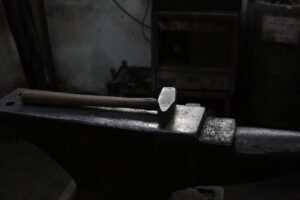
We recommend anvils with a weight of around 35 kgs for general bladesmithing and light blacksmithing as well as farrier work. If you can’t find an old one in good condition, then save up and buy the best quality as working on a cheap anvil will affect your bladesmithing badly, waste time and ultimately be very frustrating.
Hammers
Hammers are personal tools, and a 1kg (2.2lb) hammer is often ideal. Heavier hammers can be counter-productive. Modify hammer faces slightly for better control and efficiency. Our workshop uses homemade handles from durable hardwoods like hickory, beech, or oak. Cross-pein hammers are our choice but any forging hammer will do the job.
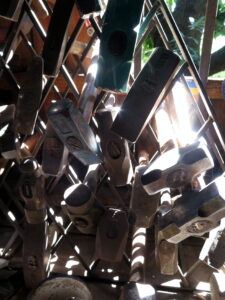
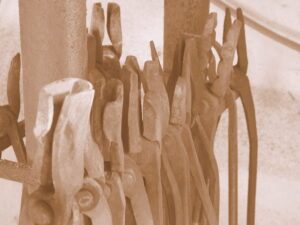
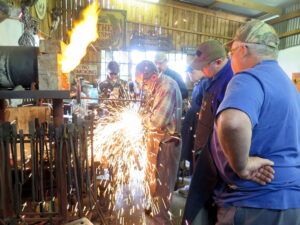
Additional Tools
- Tongs: Over time, various tongs, including box tongs and flat jaw tongs, are needed, useful for different tasks and materials. https://amzn.to/4crjIOa It is good blacksmithing practise to forge your own tongs, even if it is only one pair. It is more difficult and time consuming than you think! You will happily pay for quality tongs and use your time more effectively forging knives instead of tongs.
Belt Grinders: https://amzn.to/45XFpDh Whether stock-removing or forging your blades, you will need a quality belt grinder. Buy the best you can afford with the largest motor and a variable-speed drive, even if you have to sell something else of value! Grinding blades on a cheap belt grinder that keeps cutting out because the motor is too small will make you pull your hair out with frustration! Ideally you need a belt grinder that is especially made for grinding blades and comes with different size wheels as well as a flat platten. - Welder: https://amzn.to/4cPk40X An electric arc-welder is invaluable for numerous tasks, from building structures to welding knife steel. Consider taking a welding course to improve your skills. Being able to make most of your own equipment for your smithy is very rewarding. If you own a welding machine, you will also suddenly have many more friends!
- Post Vise: Yes, we know, as bladesmiths we have many vices – gambling, drinking etc! A blacksmith’s post or leg-vice is a practical tool as you can hammer downwards on it. Please don’t hammer down on a machinist’s vice. Scour old farmyards for post vices. If you find them, they often have the spring missing, probably stolen by some bladesmith to forge knives from it! If it is missing any part, as a blacksmith, you can restore it.
- Various Blacksmithing/Bladesmithing Tools, including aprons, gloves, and other safety gear, can be found here: https://amzn.to/3WenC7m.
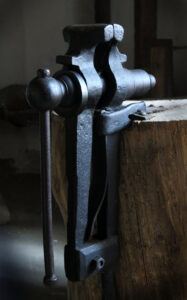
Safety and Maintenance
Stay hydrated and keep a first aid kit handy. Regularly maintain and correctly use tools to extend their lifespan. Invest in high-quality tools and avoid lending them out. Donate old tools to upcoming knifemakers to support the community.

Remember, having many tools won’t make the knives for you—skill and knowledge are crucial. Learn to adapt and create your own tools when necessary. Ancient bladesmiths achieved remarkable results with minimal, primitive tools, so use modern conveniences wisely and creatively.


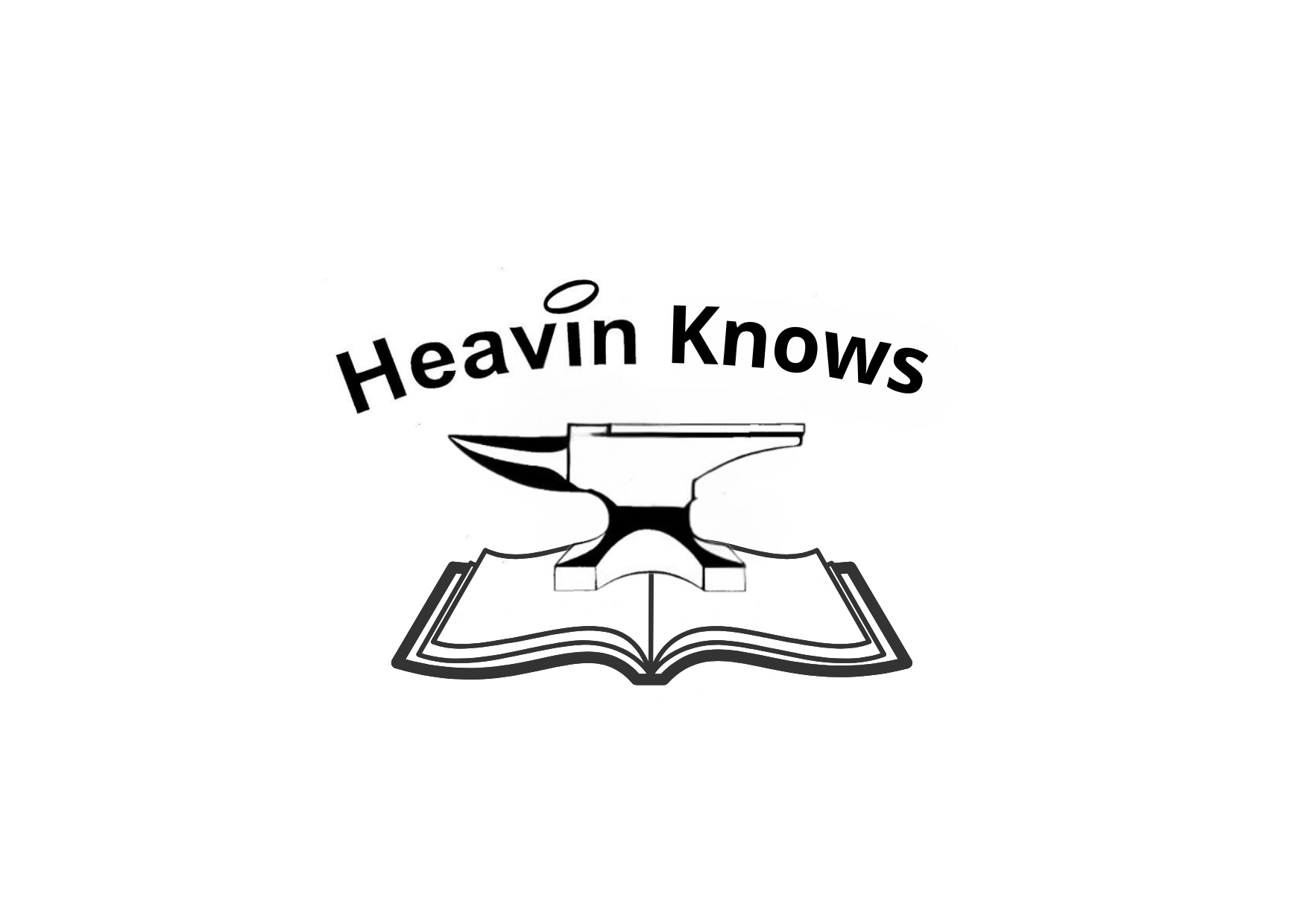
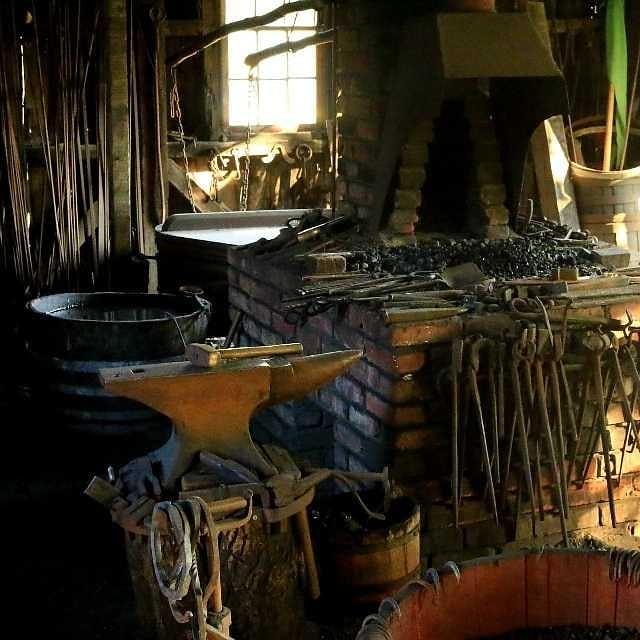
Leave a Reply